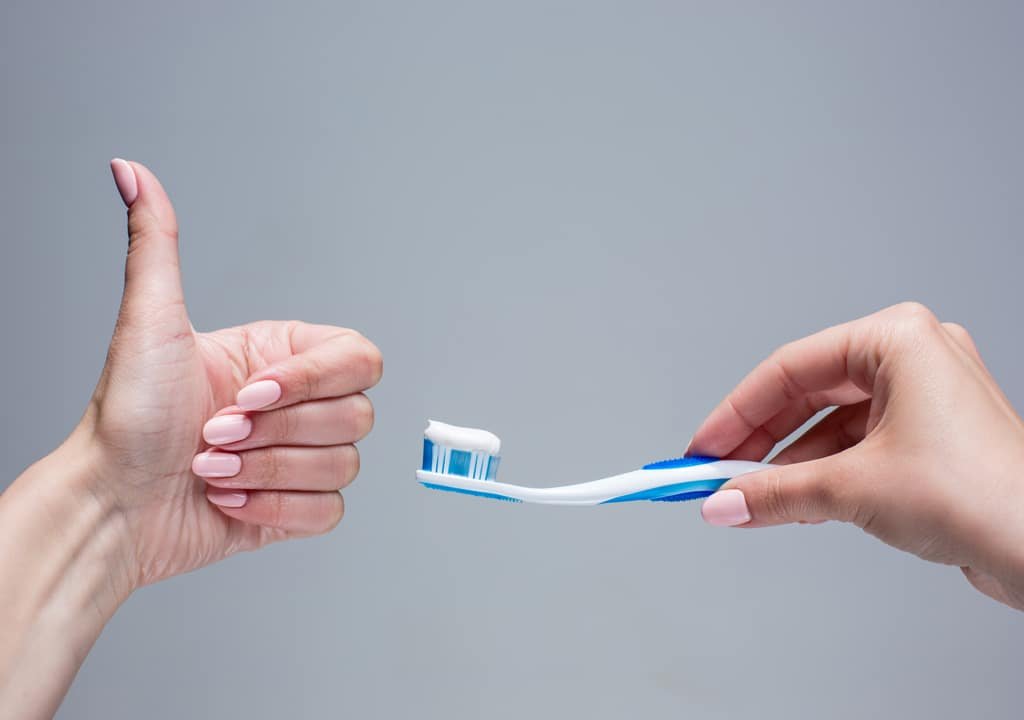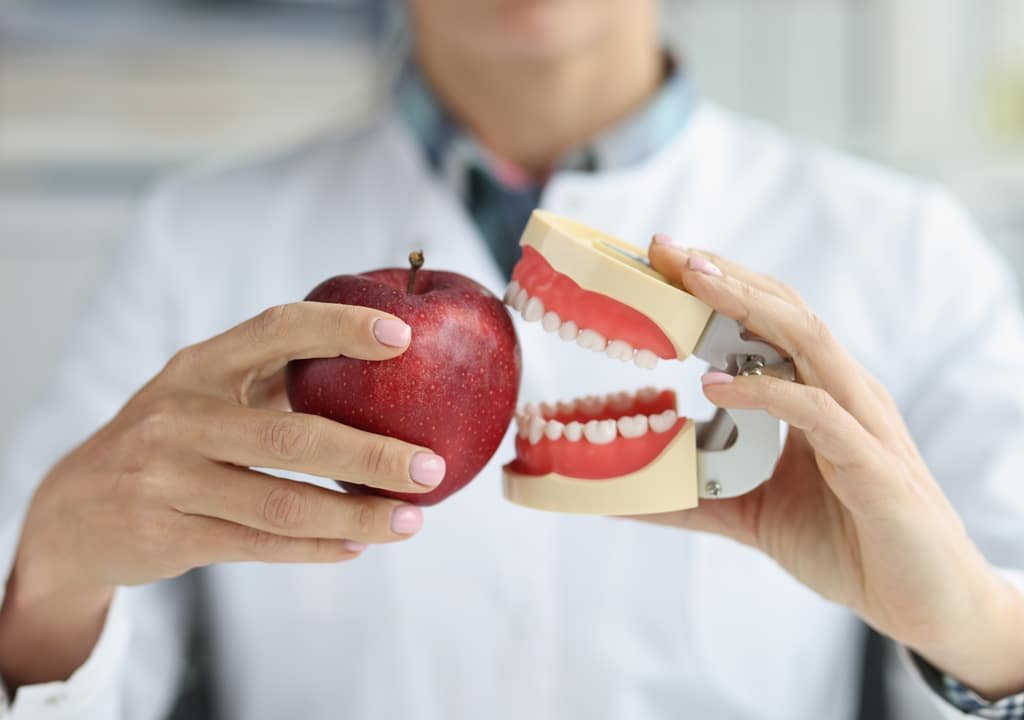Blog
Fluoride: Myths vs. Facts for Stronger Teeth
Introduction:
We have compiled this article on “Fluoride – Myths and Facts”. The reference links are at the bottom of the article.
[1]Fluoride is a mineral that can be found everywhere, but we consume it most often through our drinking water. You may be wondering why fluoride has been added to our water and if it’s healthy. This article will give you the facts on fluoride.
Fluoride Sources
Fluoride is a mineral that can be found in nature, such as in soil, air and water, and in very small amounts in most foods. We also get exposed to fluoride through dental products, like mouthwash and toothpaste, and by drinking tap water.
What does fluoride do for our teeth?
Fluoride helps to make our tooth enamel (the tooth’s outer layer) stronger. Strong tooth enamel can help prevent cavities.
[2]Fluoride occurs naturally in water, though usually not at a high enough level to protect teeth.
- Fluoride is a mineral that exists naturally in all water supplies: lakes, rivers, and groundwater.
- Some U.S. communities, such as El Paso, Texas and Jacksonville, Florida, have enough natural fluoride in their water to prevent tooth decay. But most communities must add a small amount of fluoride to reach the recommended level.
- There are proven benefits to our health from having the right amount of fluoride — just enough to protect our teeth — in drinking water.
Fluoride has been recognized as an important nutrient for healthy teeth.
- Fluoride is a mineral and in the right amount, fluoride in drinking water strengthens teeth. Fluoride is not a medication.
- Fluoride is one of several examples of everyday products fortified to improve our health — iodine is added to salt, folic acid is added to breads and cereals, and Vitamin D is added to milk.
- U.S. court decisions have rejected the argument that fluoride is a medication.
Community water fluoridation is the most cost-effective way to protect oral health and advance health equity.
- Fluoridation is the least expensive way to provide everyone in the same community with a proven form of cavity prevention.
- A 2021 report by the National Institutes of Health praised water fluoridation “for its effects in reducing socioeconomic disparities” in tooth decay.
- A 2021 report by Public Health England focused on closing oral health disparities. The report cited four studies that “consistently found that inequalities . . . were less pronounced in fluoridated areas.”
Fluoridation actually saves money by preventing tooth decay.
- Evidence shows that across the U.S. people in fluoridated communities save an average of $32.19 per person (in 2013 dollars) every year in reduced need for dental treatment compared to those without fluoridation.
- In Texas, the state saved $24 per child, per year in Medicaid expenditures because of the cavities that were prevented by drinking fluoridated water.
- Water fluoridation saves the state of Colorado nearly $150 million each year by avoiding unnecessary dental treatment.
[3]Fluoride concerns
Children
Young children (under 6 years of age) who are still forming teeth can develop dental fluorosis. This is a condition that occurs when fluoride causes white and brown spots to appear on the teeth. While not pleasing to look at, this condition is not harmful and can be treated by the dentist. Dental fluorosis does not usually occur in adults or older children.
The reason some younger children have dental fluorosis is because they are being exposed to more fluoride than they need to keep their teeth strong. Not only are they getting fluoride from tap water, but also other beverages made with water that has fluoride added, as well as toothpaste that is swallowed by accident.
Health Canada recommends that children under six use no more than a pea-sized amount of toothpaste. They should be supervised while brushing and taught not to swallow the toothpaste. Children under three should have their teeth brushed by an adult, without toothpaste, unless deemed high risk.
If you’re concerned about the amount of fluoride your child may be getting, speak to your dental provider.
The bottom line
Fluoride is a mineral that can help make our teeth stronger and prevent cavities. Public health measures such as adding fluoride to the water have contributed to reducing the rates of tooth decay, especially in children. Most Canadians are not exposed to harmful levels of fluoride and should feel safe about the affect of fluoride on their dental health.
Conclusion:
Thank you for reading this article, and check back frequently for other dental health articles. Should you have any questions, please contact Apple Tree Dental today!
Article compiled by Apple Tree Dental
Article reference links












